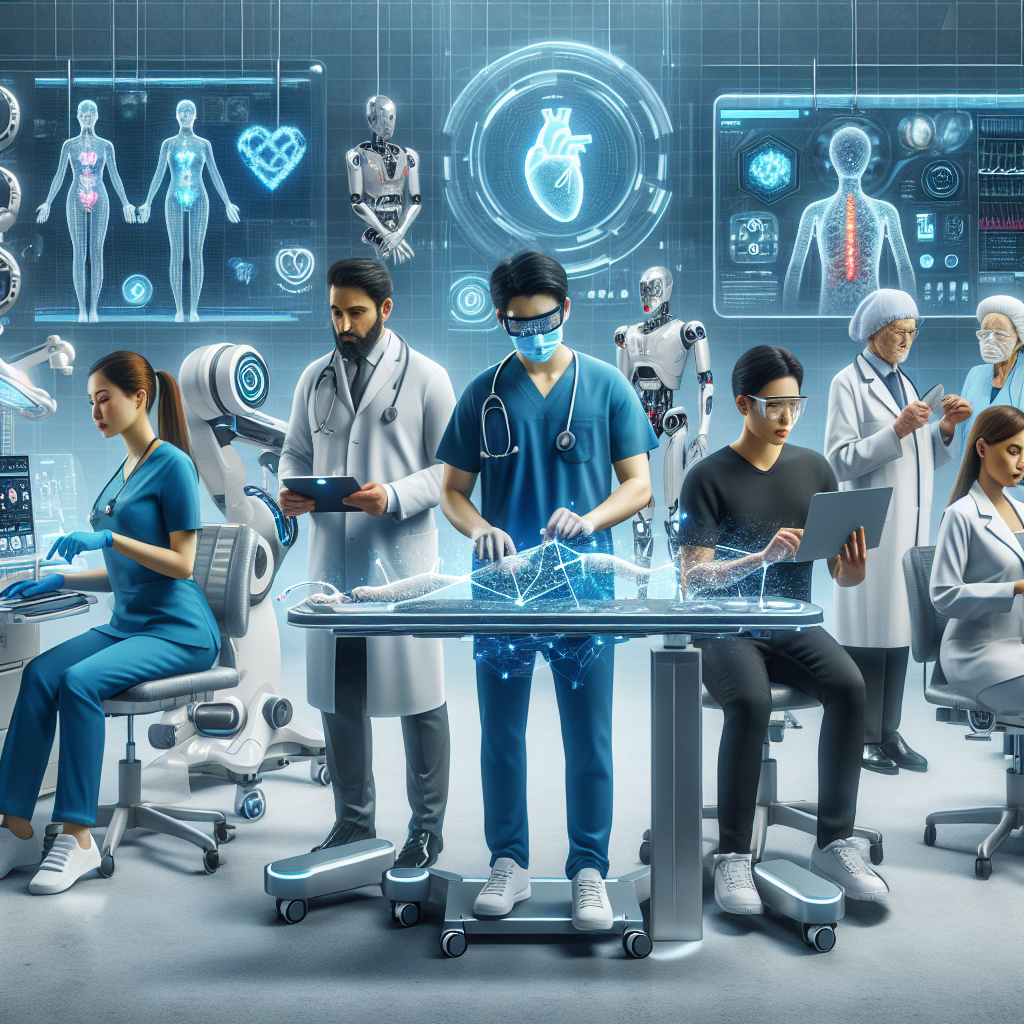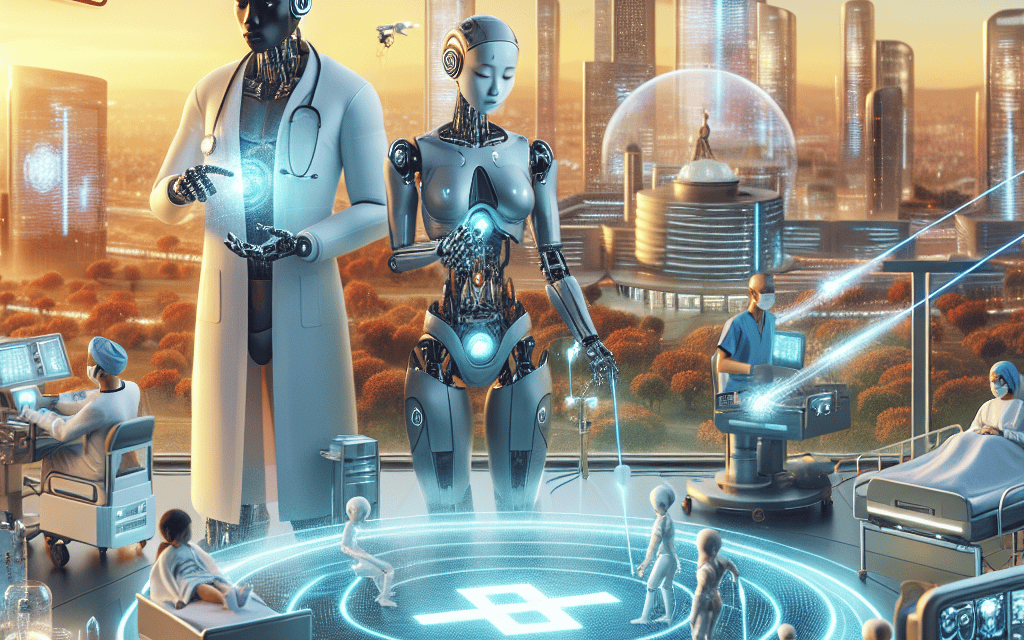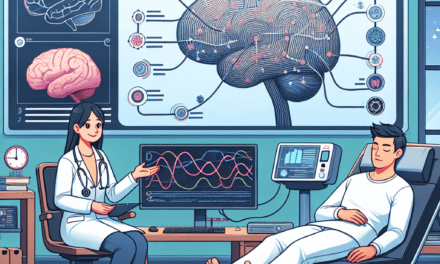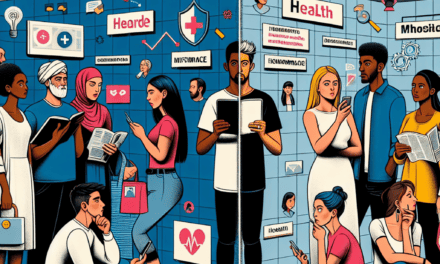The Impact of Artificial Intelligence on Healthcare Delivery
The healthcare industry has always been at the forefront of technological advancements, constantly seeking ways to improve patient care and outcomes. In recent years, the emergence of artificial intelligence (AI) has brought about a revolution in the way healthcare is delivered. AI has the potential to transform the entire healthcare system, from diagnosis and treatment to patient monitoring and administrative tasks. In this article, we will explore the impact of AI on healthcare delivery and how it is revolutionizing patient care.
One of the most significant impacts of AI on healthcare delivery is its ability to improve diagnostic accuracy. AI algorithms can analyze vast amounts of medical data, including patient history, lab results, and imaging scans, to assist healthcare professionals in making accurate diagnoses. This not only saves time but also reduces the chances of misdiagnosis, leading to better patient outcomes. In fact, a study published in the Journal of the American Medical Association found that AI was able to diagnose certain diseases more accurately than human doctors.
Moreover, AI can also assist in treatment planning by analyzing patient data and recommending the most effective treatment options. This is particularly useful in complex cases where multiple factors need to be considered. AI can also help healthcare professionals stay updated with the latest research and treatment protocols, ensuring that patients receive the best possible care.
Another significant impact of AI on healthcare delivery is its ability to improve patient monitoring. With the help of wearable devices and sensors, AI can continuously monitor a patient’s vital signs and alert healthcare professionals in case of any abnormalities. This not only allows for early detection of potential health issues but also enables remote patient monitoring, reducing the need for frequent hospital visits. This is especially beneficial for patients with chronic conditions who require constant monitoring.
AI is also revolutionizing the way surgeries are performed. With the help of robotic surgical systems, AI can assist surgeons in performing complex procedures with greater precision and accuracy. This reduces the risk of human error and leads to better surgical outcomes. Additionally, AI can also analyze real-time data during surgery, providing surgeons with valuable insights and assisting them in making critical decisions.
Apart from improving patient care, AI is also transforming the administrative aspect of healthcare delivery. AI-powered chatbots can handle routine administrative tasks such as appointment scheduling, prescription refills, and insurance verification, freeing up healthcare professionals’ time to focus on patient care. This not only improves efficiency but also reduces the chances of errors and delays.
Furthermore, AI is also playing a crucial role in drug development and research. With the help of AI algorithms, researchers can analyze vast amounts of data and identify potential drug candidates for various diseases. This not only speeds up the drug development process but also reduces costs, making new treatments more accessible to patients.
However, with all its potential benefits, AI in healthcare also raises concerns about patient privacy and data security. As AI relies on vast amounts of patient data, there is a risk of data breaches and misuse of sensitive information. To address these concerns, strict regulations and protocols must be in place to ensure the ethical use of AI in healthcare.
In conclusion, AI is revolutionizing healthcare delivery in numerous ways, from improving diagnostic accuracy and patient monitoring to transforming administrative tasks and drug development. As AI continues to evolve and become more advanced, its potential to revolutionize patient care will only continue to grow. However, it is crucial to address ethical concerns and ensure that AI is used responsibly to benefit patients and the healthcare industry as a whole.
The Role of Virtual and Augmented Reality in Enhancing Patient Experience

In recent years, the healthcare industry has seen a rapid growth in the use of emerging technologies to improve patient care. One such technology that has gained significant attention is virtual and augmented reality (VR/AR). These immersive technologies have the potential to revolutionize the way patients experience healthcare, from diagnosis to treatment and recovery.
Virtual reality refers to a computer-generated simulation of a three-dimensional environment that can be interacted with using specialized equipment, such as a VR headset. On the other hand, augmented reality involves overlaying digital information onto the real world, typically through the use of a smartphone or tablet. Both VR and AR have been used in various industries, but their application in healthcare is relatively new and has shown promising results.
One of the most significant benefits of VR/AR in healthcare is its ability to enhance the patient experience. For many patients, going to the hospital can be a daunting and anxiety-inducing experience. However, with VR/AR, patients can be transported to a different environment, reducing their stress and anxiety levels. For example, a patient undergoing a painful procedure can be immersed in a calming virtual environment, distracting them from the discomfort and making the experience more bearable.
Moreover, VR/AR can also be used for pain management. Studies have shown that these technologies can help reduce pain levels in patients, making it a valuable tool for those with chronic pain or undergoing painful treatments. By immersing patients in a virtual environment, their focus is shifted away from the pain, resulting in a decrease in pain perception.
Another area where VR/AR is making a significant impact is in patient education. With these technologies, patients can have a better understanding of their condition and treatment options. For instance, a patient with a heart condition can use VR to visualize their heart and understand the procedure they will undergo. This not only helps patients feel more informed and involved in their care, but it also improves their overall satisfaction with the healthcare experience.
In addition to patient experience, VR/AR is also being used to train healthcare professionals. Medical students can use VR/AR simulations to practice procedures and surgeries, providing a safe and controlled environment to hone their skills. This technology also allows for more efficient and cost-effective training, as it eliminates the need for expensive equipment and cadavers.
Furthermore, VR/AR is also being used in rehabilitation and physical therapy. Patients recovering from injuries or surgeries can use VR/AR to engage in virtual exercises, making the rehabilitation process more engaging and enjoyable. This can also help patients stay motivated and track their progress, leading to better outcomes.
However, like any emerging technology, VR/AR in healthcare also has its challenges. One of the main concerns is the cost of implementing these technologies. VR/AR equipment and software can be expensive, making it inaccessible for some healthcare facilities. Additionally, there is a lack of standardized guidelines and regulations for the use of VR/AR in healthcare, which can pose ethical and safety concerns.
Despite these challenges, the potential of VR/AR in healthcare is undeniable. As technology continues to advance, we can expect to see more innovative uses of VR/AR in patient care. From reducing pain and anxiety to improving patient education and training, these immersive technologies have the power to transform the healthcare experience for both patients and healthcare professionals.
In conclusion, virtual and augmented reality are emerging technologies that are revolutionizing patient care. From enhancing the patient experience to improving training and rehabilitation, VR/AR has shown promising results in various areas of healthcare. As we continue to explore the potential of these technologies, we can expect to see a significant impact on the way we deliver and receive healthcare in the future.
The Rise of Telemedicine: How Technology is Changing the Way We Access Healthcare
Technology has been rapidly advancing in all aspects of our lives, and healthcare is no exception. With the rise of telemedicine, patients now have access to healthcare services like never before. Telemedicine, also known as telehealth, is the use of technology to provide remote healthcare services, such as consultations, diagnoses, and treatment. This emerging technology has revolutionized the way we access healthcare, making it more convenient, efficient, and accessible for patients.
One of the main benefits of telemedicine is its convenience. With telemedicine, patients no longer have to physically go to a doctor’s office or hospital for a consultation. Instead, they can connect with their healthcare provider through video conferencing, phone calls, or even text messaging. This eliminates the need for travel and waiting times, making it a more time-efficient option for patients. It also allows patients to access healthcare services from the comfort of their own homes, which is especially beneficial for those with mobility issues or living in remote areas.
Moreover, telemedicine has also improved the efficiency of healthcare services. With the use of electronic health records and other digital tools, healthcare providers can easily access and share patient information, leading to more accurate diagnoses and treatment plans. This also reduces the risk of errors and improves the overall quality of care. Additionally, telemedicine has enabled healthcare providers to reach a larger number of patients in a shorter amount of time, increasing their productivity and reducing the burden on the healthcare system.
Another significant impact of telemedicine is its ability to make healthcare more accessible. In rural or underserved areas, access to healthcare services can be limited due to a shortage of healthcare providers. Telemedicine has bridged this gap by allowing patients to connect with healthcare providers from anywhere in the world. This is especially beneficial for patients who require specialized care that may not be available in their local area. Telemedicine has also made it easier for patients to seek second opinions from specialists without having to travel long distances.
Furthermore, telemedicine has also played a crucial role in improving patient outcomes. With the use of remote monitoring devices, healthcare providers can track patients’ vital signs and health data in real-time. This allows for early detection of any changes in a patient’s condition, leading to timely interventions and better management of chronic diseases. It also enables patients to actively participate in their own healthcare by providing them with access to their health data and empowering them to make informed decisions about their health.
However, like any emerging technology, telemedicine also has its challenges. One of the main concerns is the security and privacy of patient information. With the use of electronic communication, there is a risk of data breaches and unauthorized access to sensitive information. To address this issue, healthcare providers must ensure that they have robust security measures in place to protect patient data.
In conclusion, telemedicine has revolutionized the way we access healthcare services. Its convenience, efficiency, accessibility, and impact on patient outcomes have made it an essential tool in the healthcare industry. As technology continues to advance, we can expect to see even more innovative ways in which telemedicine will improve patient care. It is an exciting time for healthcare, and with the rise of telemedicine, the future looks promising for both patients and healthcare providers alike.





